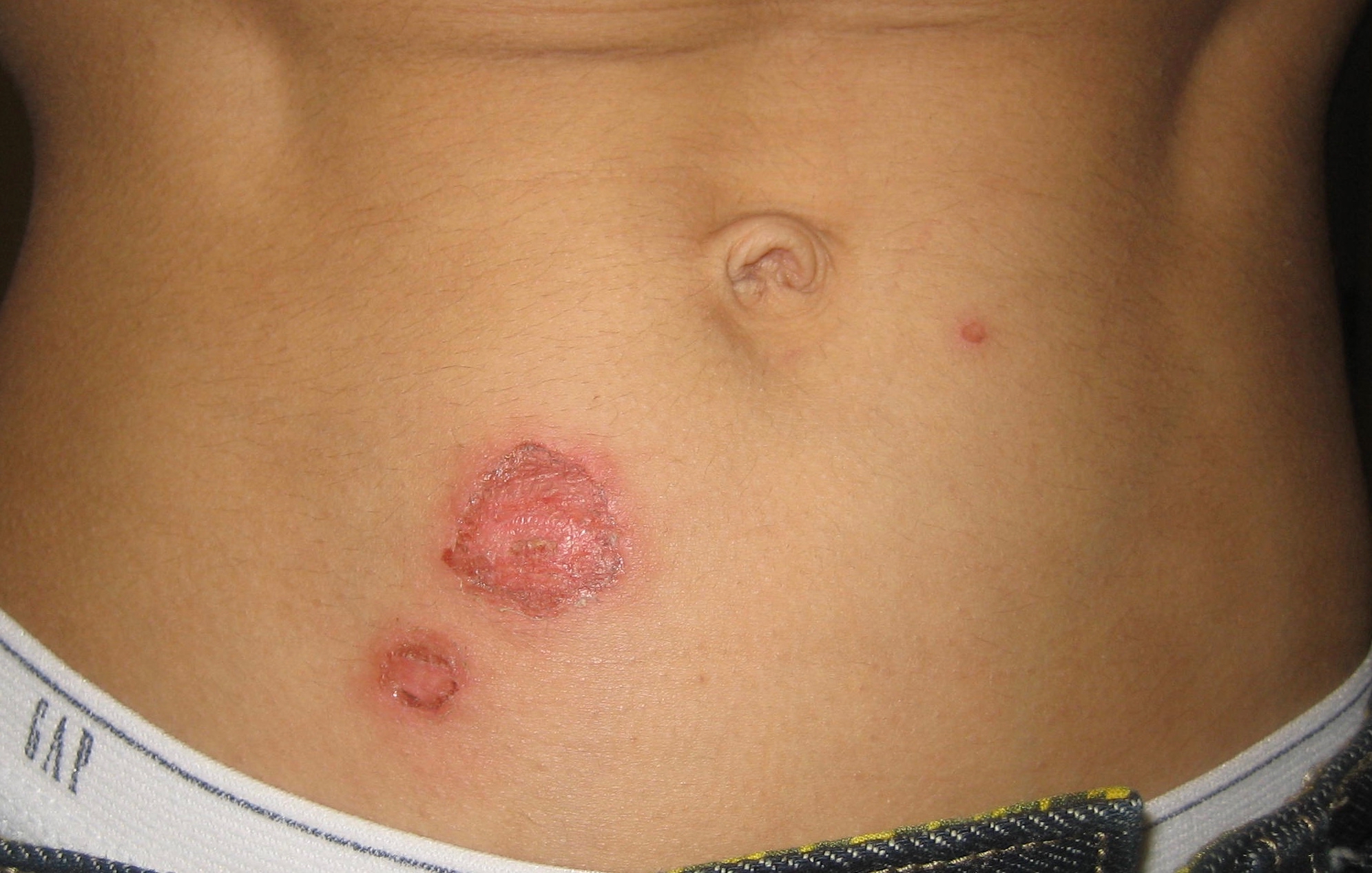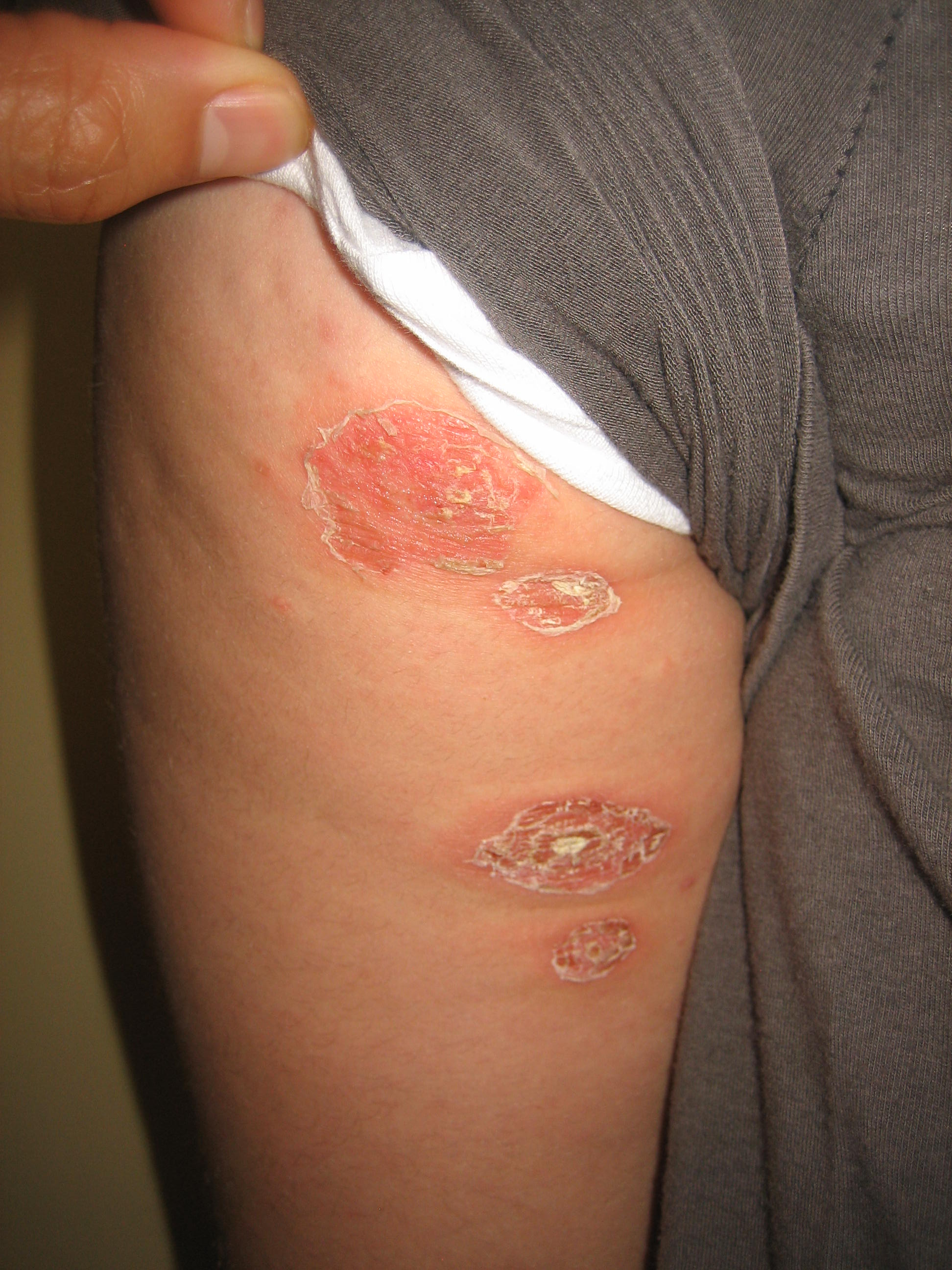What is Bullous Impetigo?
Staphylococcus aureus, a bacterium, causes bullous impetigo, a skin illness that manifests as big blisters called bullae and typically affects skin folds like the armpit, groin, spaces between the fingers and toes, behind the breast, and between the buttocks. It makes about 30% of impetigo instances, with the remaining 70% being non-bullous impetigo.
Bullae are brought on by Staphylococcus aureus exfoliative toxins, which break down the connections between cells in the top layer of skin. Staphylococcal scalded skin syndrome is a more severe and widespread form of bullous impetigo that can develop in newborns, kids, or adults with impaired immune systems or kidney disease (SSSS). For infected children, the mortality rate is less than 3%, however
What are the Symptoms & Signs of Bullous Impetigo?
Bullous impetigo can develop on the neck, axilla, or diaper area. The top layer of skin (epidermis) and the lower layer of skin (dermis) separate as a result of the bacteria's toxin, which decreases cell-to-cell stickiness (adhesion). Vesicles quickly grow in size to create the bullae, a blister that is more than 5mm in diameter. Bullae and staphylococcal scalded skin condition are both medical terms. Itching, swollen glands in the area, fever, and diarrhea are additional symptoms that may be present. Pain rarely occurs.
Long-term effects: Scarring is negligible once the bullous scabs have peeled off. Kidney damage is one of the potential long-term complications.
Bullous impetigo is a type of impetigo, a skin infection caused by the bacteria Staphylococcus aureus or Streptococcus pyogenes. It is characterized by the formation of large, fluid-filled blisters, known as bullae, on the skin. The blisters can appear anywhere on the body, but are most commonly found on the face, trunk, and extremities.
Symptoms of bullous impetigo include the formation of large, fluid-filled blisters that are often itchy. The blisters can be red, swollen and painful, and may eventually burst and crust over. The surrounding skin may also be red and inflamed. In some cases, the infected person may also experience fever and swollen lymph nodes.
Bullous impetigo is most common in children and infants, but it can also occur in adults. It is more common in warm, humid climates and in people who have a weakened immune system. The infection can be spread through direct contact with an infected person or through contact with contaminated surfaces or objects.
Diagnosing
The diagnosis of bullous impetigo is usually made based on the characteristic appearance of the blisters and the patient's history of exposure to the infection. In some cases, a culture of the blister fluid or a skin scraping may be done to confirm the diagnosis.
Treatment
Treatment of bullous impetigo typically involves the use of antibiotics, either topical or oral. Topical antibiotics, such as mupirocin or retapamulin, are applied directly to the affected area and can be used to treat mild cases of bullous impetigo. Oral antibiotics, such as penicillin or erythromycin, are used to treat more severe cases of the infection.
In addition to antibiotic treatment, it is important to keep the affected area clean and dry. The blisters should be kept covered with a bandage to prevent the spread of the infection to other areas of the skin or to other people. Over-the-counter pain relievers, such as ibuprofen or acetaminophen, can be used to relieve pain and discomfort associated with the blisters.
Preventing the spread of bullous impetigo is important to prevent further infections. Good hygiene practices, such as washing the hands frequently and avoiding close contact with infected individuals, can help to reduce the risk of infection. It is also important to keep any open wounds clean and covered to prevent the spread of the bacteria.
Complications from bullous impetigo are rare, but can include secondary bacterial infections, cellulitis and scarring. If a person has a severe infection or an underlying health condition that affects the immune system, they may be at a higher risk for complications.
Conclusion
In conclusion, bullous impetigo is a type of skin infection caused by the bacteria Staphylococcus aureus or Streptococcus pyogenes. It is characterized by the formation of large, fluid-filled blisters on the skin. The infection can be treated with antibiotics, either topical or oral, and it is important to keep the affected area clean and dry. Preventing the spread of bullous impetigo through good hygiene practices is important to prevent further infections. In some cases, complications may occur, but they are rare. If you suspect you or your child may have bullous impetigo, consult your healthcare provider.



.jpg)

.jpg)




.jpg)




No comments:
Post a Comment